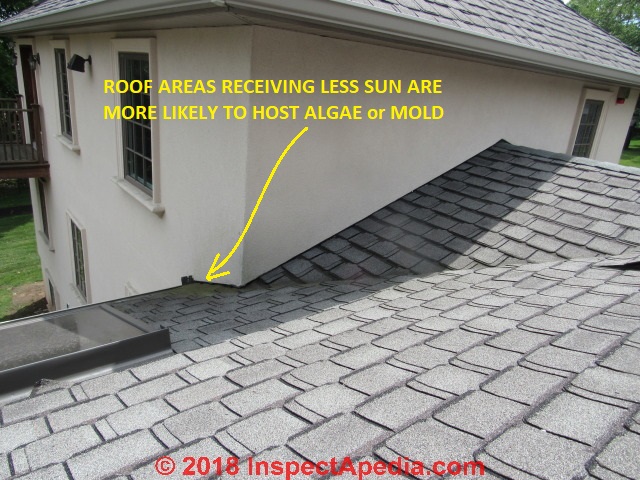Some moss or fungi development you may see are dark brown or black spots that weaken shakes or shingles.
Fungal growth on roof shingles.
It needs heat moisture and nutrients to grow.
It s actually just a blue green algae spread by airborne spores.
Most of the stains on the average atlanta roof are the result of algae and not fungus.
A brief history of algae resistant shingles.
On an asphalt or possibly some treated wood shingle roofs shingle chemistry is also involved in moss lichens and algae growth or resistance to it.
You can find more information on these special roofing shingles here.
Known as black algae or roof mold gloeocapsa magma is usually blamed on dirt accumulation mold and mildew or defective shingles.
These kinds of organic growth will degrade cedar roofs much faster than a lot of other roofing issues.
They call it the algaeblock system.
It is easily spread and causes those colorful stains on so many roofs.
Lichen is a photosynthetic fungus that has roots that wrap around the granules feeding on the nutrients of the gm and the filler in the shingles.
It is important that the product you choose to clean the moss growth does not damage or weaken the cedar itself.
Some roof shingle materials contain algaecides or fungicides which will also retard moss growth on the roof surface.
However most of the anti algae products also work in fighting fungal growth.
Once on the roof lichen cannot easily be removed.
Algae resistant shingles or ar shingles for short began when shingle manufacturers looked for ways to gain market share.

